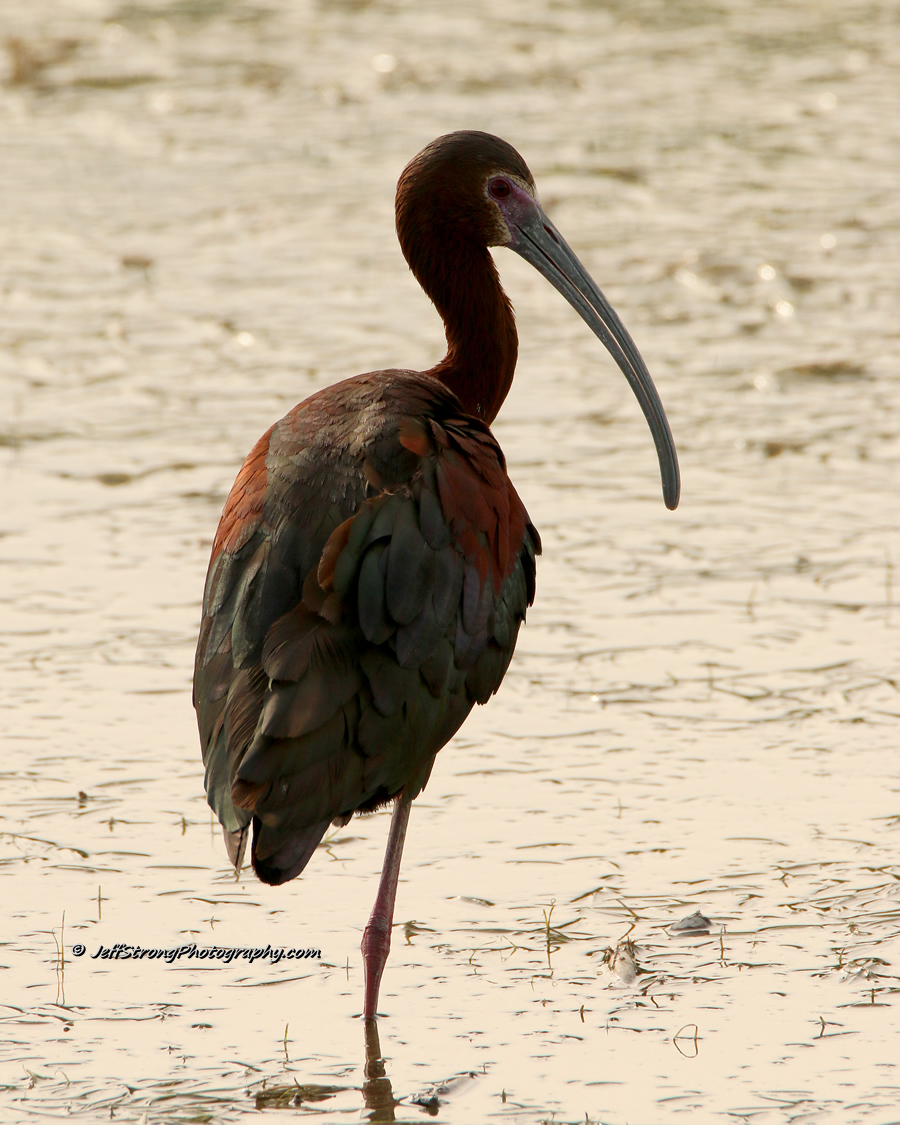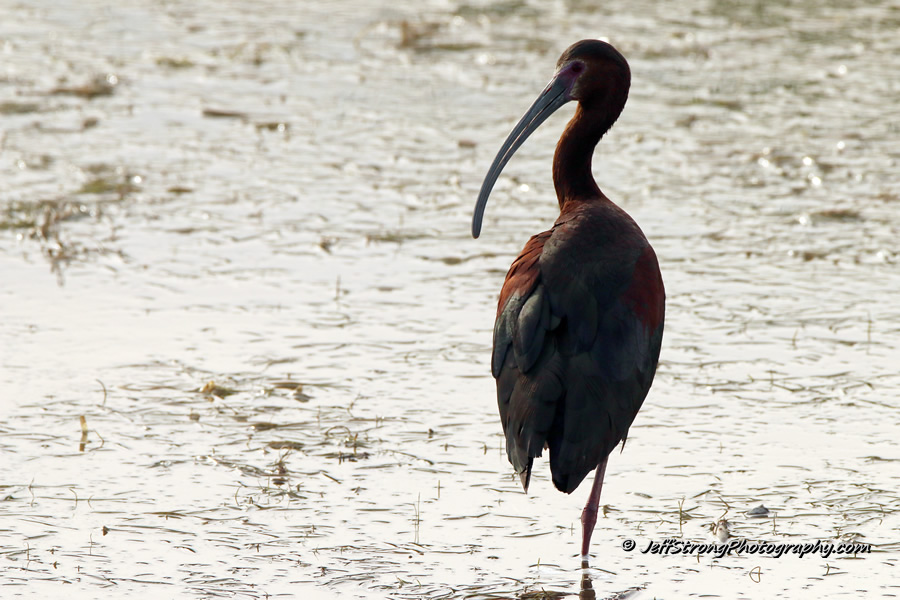Waking Up To A Flock Of White-Faced Ibis’s
A couple years ago, early one warm summer morning, I found my pasture inundated with a group of the most curious looking birds. Never before has my property played host to a flock of white-faced ibis’s but on this particular morning a breach in the irrigation canal flooded my usually dry pasture, attracting a small but hungry flock of about 25 ibis’s for an easy meal.
The overly saturated small parcel of land was happily overrun by this eager flock of white-faced ibis’s whose only intent that calm, sunny morning was to feast on whatever microorganisms they could find with their long curved beaks.
My place is just a short stones throw away from the Bear River Migratory Bird Refuge. It is not uncommon to see large flocks of white-faced ibis’s, sometimes numbering in the several hundreds or more, feeding in recently irrigated pastures and farm fields around me. This moment, however, was a new but a very welcomed surprise for me as I had never been so close to a white-faced ibis before.
I sat in the cab of my pickup truck for several hours or more watching the ibis’s make their way around my small parcel of land. Luckily, admitting it as a pure coincidence, however, the small truck was already parked in my driveway in a perfect position for watching and photographing these most peculiar but extremely beautiful birds.
It gave me unprecedented access I have never had before with the ibis, allowing me to get just a few short yards away from the birds as I photographed them from my vehicular blind.

The White-faced Ibis On The Bear River Migratory Bird Refuge
The white-faced ibis migrates to the Bear River Migratory Bird Refuge each summer to breed. I know warmer weather is near at hand when large flocks of ibis’s fill the skies as they seem to not tolerate the cold weather as much as other birds do.
I have personally observed them to be one of the first large-scale bird species to leave the area for warmer climates and one of the last to return the following year.
The nearby Bear River Migratory Bird Refuge is a critical piece of habitat for the white-faced ibis. The large colony of ibis’s which call the refuge home during the summer months has been reported to now be the largest in North America.
Management plans for the Bear River Migratory Bird Refuge are largely based around a priority species list. The white-faced ibis is currently on the list at number 4, meaning part of the large, almost 80,000 acre parcel of protected wildlife habitat, is managed with the white-faced ibis in mind.

Visiting the Bear River Migratory Bird Refuge during the summer months is ideal for bird watchers wanting to catch a glimpse and even a few photographs of this most peculiar looking bird. The white-faced ibis is commonly found in areas close to the self-guided 12 mile auto tour route.
Other birds, such as the great blue heron, american avocet and snowy egret, just to name a few, are also common birds found along side the ibis during the summer months on the Bear River Migratory Bird Refuge auto tour route.

For more information about the white-faced ibis you can download a brief ecology sheet from the Bear River Migratory Bird Refuge website. A copy of the refuge priority list is also available for download.
Visit the Bear River Migratory Bird Refuge website for more information about the refuge and follow their Facebook and Twitter feeds for up-to-date posts about the refuge. Also, subscribe to our blog about the Bear River Migratory Bird Refuge and receive email updates for future posts. Subscription information is in the footer below.







